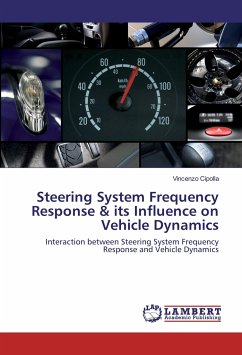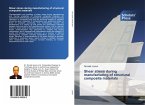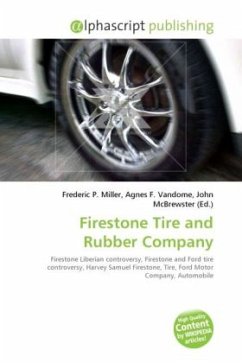The failure of tyres during service is an important consideration in design and development of tyres. Indeed, 95% of the failures in steel-belted radial tyres occur at the interfaces between steel belts and rubber matrix. The aim of this project is to understand the fracture response due to presence of the so-called belt cracks at the interface between rubber matrix and steel belts in radial tyres under Mode-I and Mode-III loading conditions by conducting a combined experimental-numerical investigation. Further, the fatigue crack growth behaviour of the belt cracks is also studied experimentally. To this end, the mechanical response of rubber matrix is first characterized by conducting uniaxial compression and tension tests. The above experimental data is fitted to several hyperelastic constitutive models available in literature. From the results of these fits, the model that best represents the response of the rubber matrix is determined as the one proposed by Arruda and Boyce.Finally, in order to interpret the experimental results, 2D linear and nonlinear finite element analyses of Mode-I loading of the rubber composite fracture specimens are carried out.








